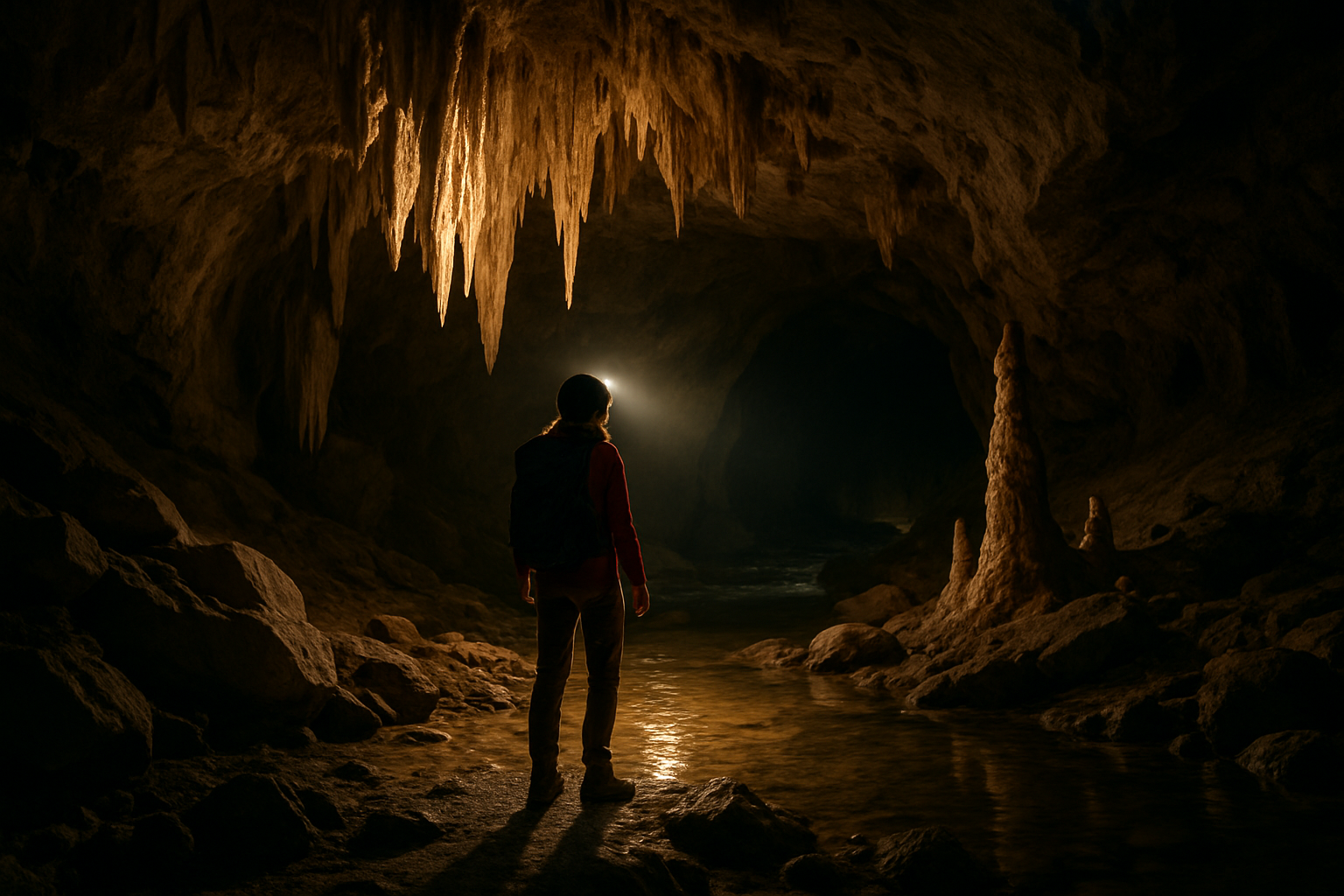Exploring the Subterranean Wonders: Cave Tourism's Surge in Popularity
In the realm of adventure travel, a captivating trend is emerging from the depths of the Earth. Cave tourism, once a niche pursuit, is now gaining widespread appeal among travelers seeking unique experiences. This surge in interest is transforming hidden underground caverns into sought-after destinations, offering a blend of natural wonder, historical intrigue, and adrenaline-pumping exploration. As we delve into the world of cave tourism, we'll uncover the factors driving its popularity and the diverse experiences it offers to intrepid explorers.

A Brief History of Cave Exploration
Human interest in caves dates back millennia, with evidence of prehistoric habitation and ritualistic use found in many caverns worldwide. However, modern cave tourism has its roots in the 19th century, when improved lighting and transportation made these subterranean wonders more accessible. The development of speleology as a scientific discipline further fueled public interest. Today, advances in safety equipment and exploration techniques have opened up previously inaccessible caverns, expanding the possibilities for cave tourism and scientific research alike.
The Rise of Adventure Caving
While many caves offer guided walking tours suitable for all ages, there’s a growing demand for more adventurous experiences. Adventure caving, or wild caving, involves exploring undeveloped or minimally developed cave systems. These expeditions often require participants to crawl, climb, and navigate tight spaces, offering a thrilling challenge for adrenaline seekers. Popular destinations for adventure caving include the extensive network of caves in Kentucky’s Mammoth Cave National Park and the rugged limestone caves of Slovenia’s Karst region.
Geological Wonders and Educational Opportunities
Cave tourism offers more than just excitement; it provides a unique window into Earth’s geological history. Stalactites, stalagmites, and other speleothems (cave formations) tell the story of millions of years of mineral deposition. Many cave tours now incorporate educational elements, explaining the processes that shape these underground landscapes and the delicate balance of cave ecosystems. This blend of adventure and education makes cave tourism particularly appealing to families and schools looking for engaging, hands-on learning experiences.
Cultural Significance and Archaeological Treasures
Many caves hold immense cultural and historical significance, serving as canvases for ancient art or sites of important archaeological discoveries. The Lascaux Caves in France, with their Paleolithic paintings, and the Ajanta Caves in India, adorned with Buddhist sculptures and frescoes, exemplify the cultural richness found in these subterranean spaces. Cave tourism allows visitors to connect with human history in a profound and tangible way, offering insights into the lives and beliefs of our ancestors.
Conservation Challenges and Sustainable Practices
The increasing popularity of cave tourism brings with it significant conservation challenges. The delicate ecosystems and fragile formations found in caves can be easily damaged by human presence. Many popular cave destinations are now implementing strict visitor limits and conservation measures to protect these unique environments. Sustainable cave tourism practices, such as the use of LED lighting to reduce heat impact and the implementation of boardwalks to minimize direct contact with cave surfaces, are becoming standard in well-managed sites.
Illuminating Facts About Cave Tourism
-
The world’s largest cave, Son Doong in Vietnam, is so vast it could house a 40-story skyscraper
-
Caves maintain a constant temperature year-round, making them popular destinations in extreme weather
-
Some caves, like Mexico’s Cave of Crystals, contain formations that took hundreds of thousands of years to develop
-
Cave diving is considered one of the most dangerous recreational activities, requiring specialized training and equipment
-
The term speleology, the scientific study of caves, was coined in 1890 by French explorer Édouard-Alfred Martel
As cave tourism continues to grow in popularity, it offers a unique blend of adventure, education, and natural wonder. From casual walks through illuminated caverns to challenging expeditions into uncharted depths, the world of cave tourism caters to a wide range of interests and abilities. As we venture into these underground realms, we not only discover the hidden wonders of our planet but also gain a deeper appreciation for the complex and fragile ecosystems that exist beneath our feet. The surge in cave tourism reflects a broader trend in travel towards more immersive, meaningful experiences that connect us with both nature and human history in profound ways.





